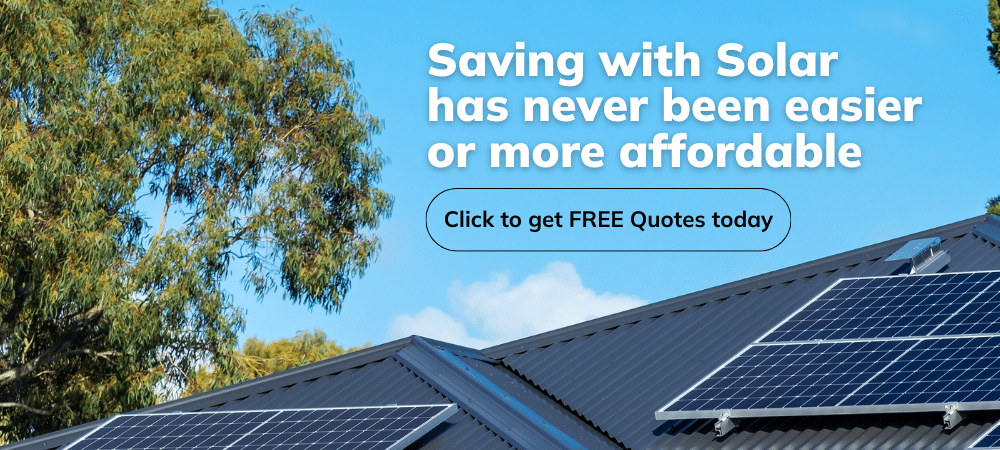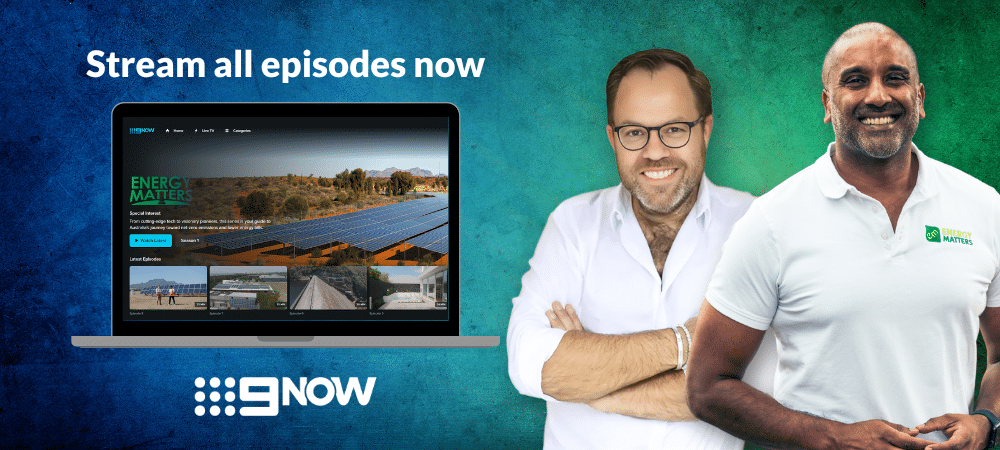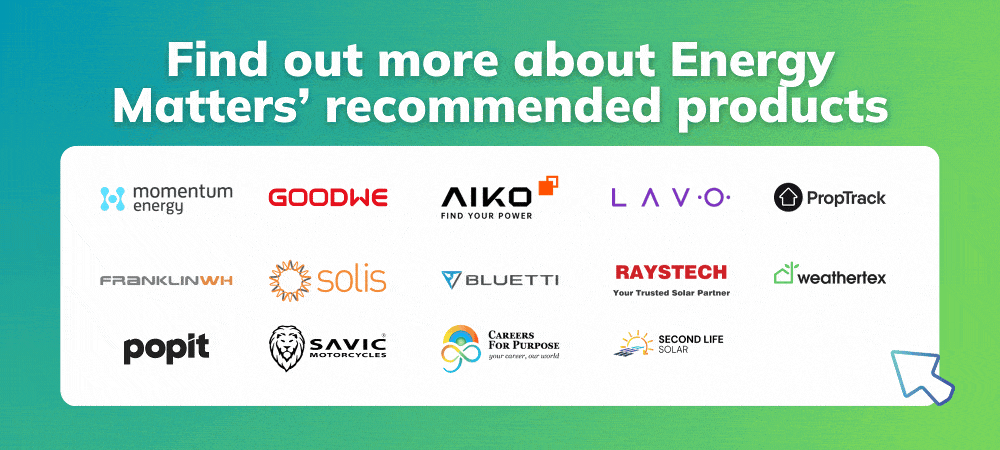Introducing renewable energy for students is more than just a lesson—it’s an investment in Australia’s clean energy future. As the country strives to meet its climate targets and transition from fossil fuels, green energy education is vital in shaping the next generation of informed, eco-conscious citizens. This guide explores how to teach children about renewables in a way that is relevant, engaging, and deeply connected to Australia’s clean energy transformation.
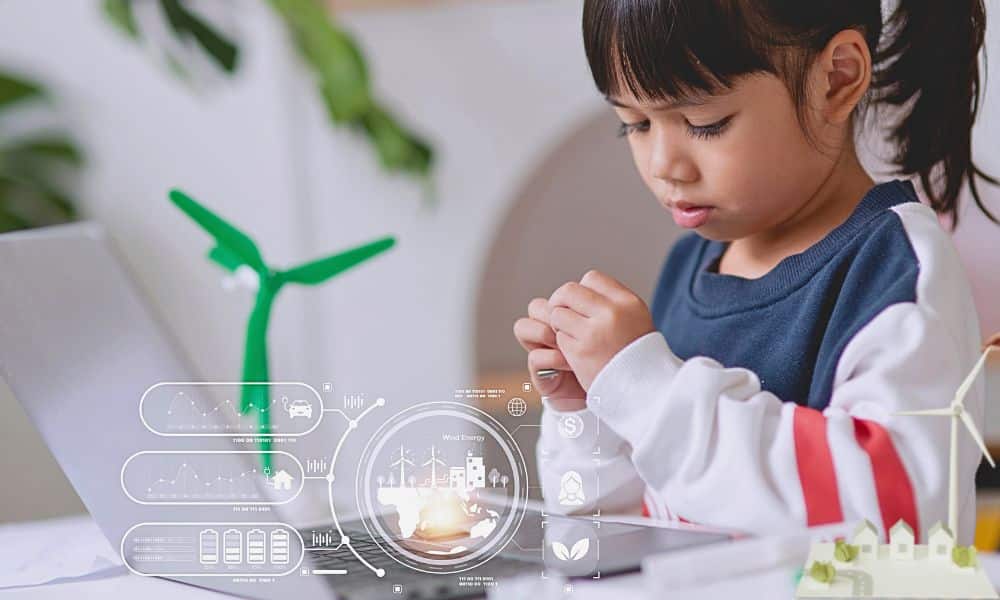
On this page
Understanding renewable energy
Renewable energy sources, such as solar, wind, and hydro, are key to reducing our carbon footprint. Use Energy Matters’ carbon footprint calculator→ to calculate your household and business’s direct emissions.
What is renewable energy?
Renewable energy, often referred to as green energy, is energy derived from natural sources that replenish themselves over time. Unlike fossil fuels, which are finite and take millions of years to form, renewable sources are virtually inexhaustible. This makes them a sustainable and environmentally friendly alternative for meeting our energy needs. Australia is blessed with abundant renewable resources, including sunshine, wind, water, and geothermal heat.
Did you know Energy Matters is Australia’s largest renewable news, blog and educational resource? Subscribe to Energy Matters’ weekly newsletter and keep updated even with incentives, rebates and recommended solar product offers.
Why green energy education matters in Australia
Australia is one of the sunniest and windiest countries in the world, making it an ideal place to harness green energy. Despite this, many young Australians remain unaware of how renewable technologies work and their importance for environmental sustainability.
Green energy education helps students understand the science, economics, and environmental benefits of clean power. It also fosters critical thinking, innovation, and a sense of responsibility for the planet.
The importance of renewable energy for students
Teaching renewable energy to students equips them with essential knowledge for future employment, particularly as Australia expands its renewable infrastructure. Students who learn about renewable energy sources gain:
- Scientific understanding of how solar, wind, hydro, and other renewable systems operate.
- Environmental awareness, learning how renewables reduce carbon emissions and protect ecosystems.
- Career readiness in emerging green tech sectors.
Types of renewable energy sources in Australia
Australia uses several types of renewable energy, each offering unique learning opportunities:
1. Solar power: Harnessing the Australian sunshine
Australia has some of the highest solar irradiance in the world, making solar power a particularly promising renewable energy source. Solar energy is harnessed through photovoltaic (PV) panels, which convert sunlight directly into electricity.
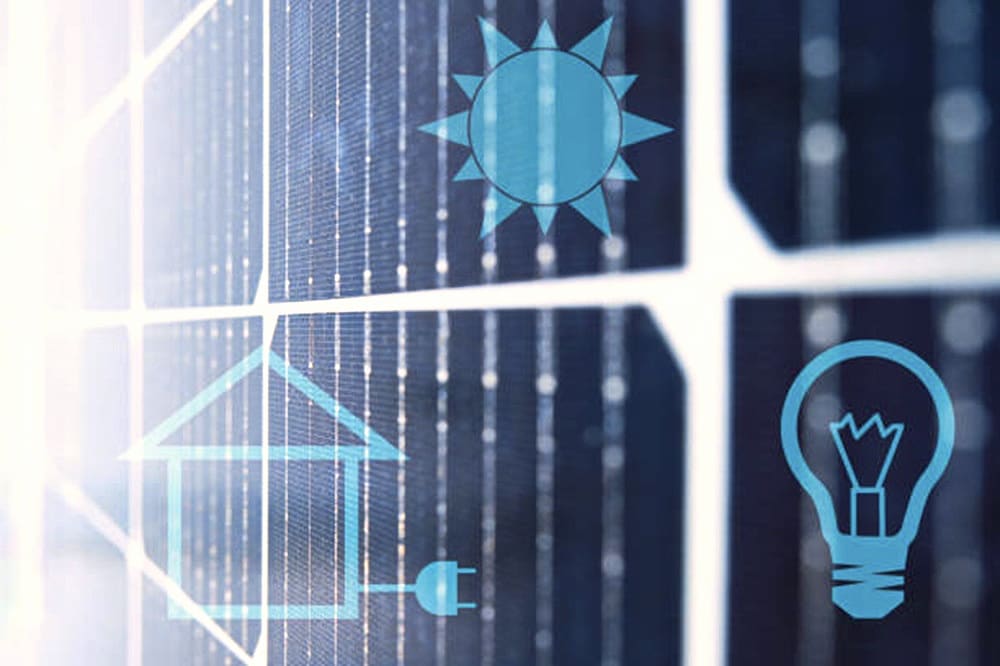
Discover more about how solar power works→ on our detailed page.
How solar power works
When sunlight strikes the solar panel, photons knock electrons loose from atoms in the semiconductor material. These free electrons create an electric current, which is then captured and converted into usable alternating current (AC) by an inverter. This electricity can power homes, businesses, and even large-scale solar farms.
2. Wind power: Capturing the breezes
Australia has substantial wind resources, particularly along its coastlines and in inland areas. Wind turbines convert the kinetic energy of the wind into electricity.
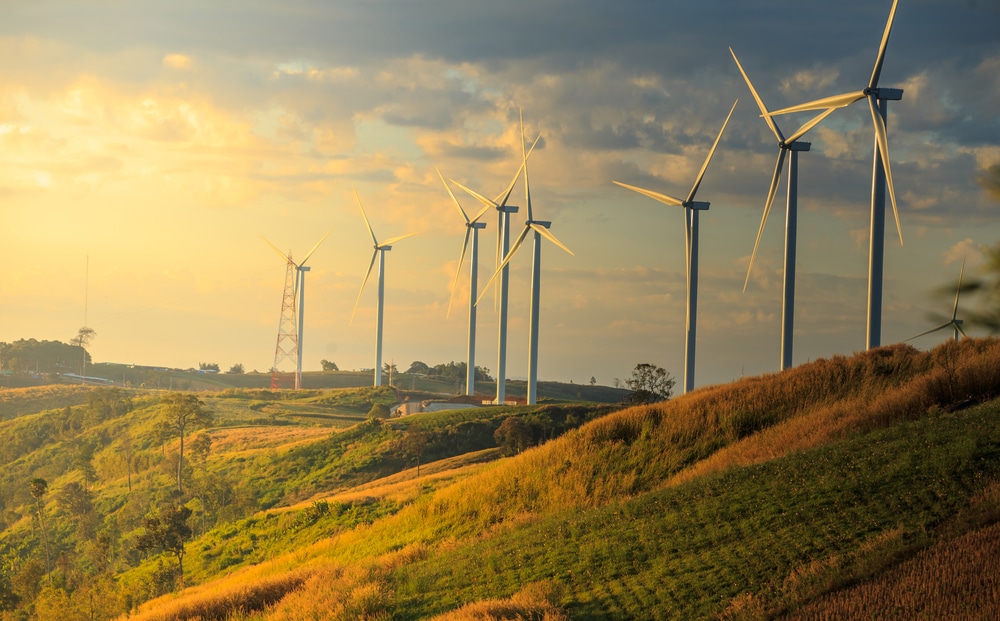
Learn more about how wind power works→ on our detailed page.
How wind power works
Wind turbines typically have three blades that are aerodynamically designed to capture the wind’s energy efficiently. As the wind blows, the blades rotate, turning a central shaft connected to a gearbox. The gearbox increases the rotational speed, which then drives an electric generator to produce electricity.
3. Hydropower: The power of water
Hydropower utilises the energy of flowing or falling water to generate electricity. Australia has a history of hydropower development, particularly in mountainous regions.
How hydropower works
Water stored in a reservoir behind a dam has potential energy due to its height. When released, this water flows through penstocks (large pipes) and strikes the blades of a turbine. The rotating turbine drives a generator, producing electricity. Learn more about how hydropower works on our detailed page.
4. Bioenergy: Energy from organic matter
Bioenergy involves utilising organic matter, such as agricultural waste, forestry residues, and specifically cultivated crops, to generate energy.
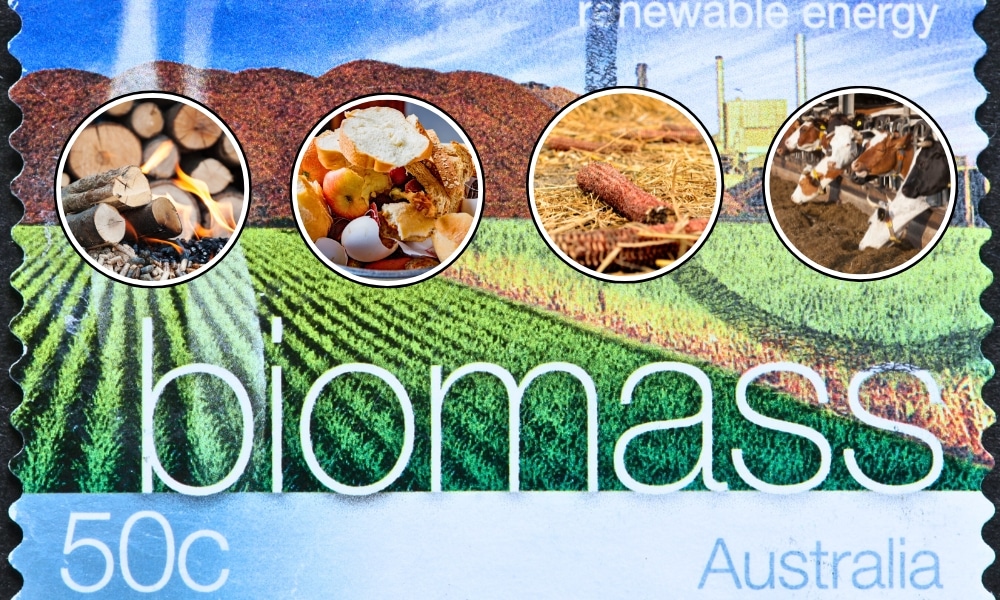
Learn more about how biomass energy works→ on our detailed page.
How bioenergy works
Bioenergy can be produced through various processes, including combustion (burning biomass to generate heat for electricity production), gasification (converting biomass into a gas that can be burned), and anaerobic digestion (utilising microorganisms to break down organic matter and produce biogas).
5. Geothermal energy: Tapping into the Earth's heat
Geothermal energy harnesses the heat from the Earth’s interior to generate electricity or provide direct heating.
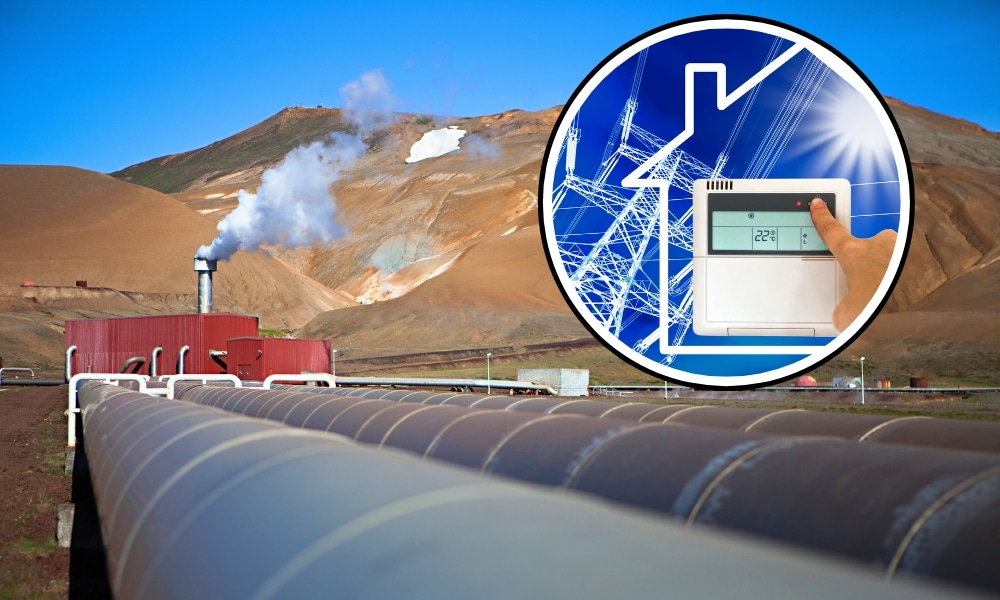
Discover more about how geothermal heating works→ on our detailed page.
How geothermal energy works
In geothermal power plants, wells are drilled deep into the Earth to access hot water or steam. This hot fluid is then used to drive turbines connected to generators, producing electricity. Direct geothermal heating can be used for buildings, greenhouses, and industrial processes.
6. Ocean energy: Harnessing the power of the seas
Australia, surrounded by vast oceans, has significant potential for ocean energy, which includes wave energy, tidal energy, and ocean thermal energy conversion (OTEC). These technologies are still in the early stages of development, but offer promising avenues for green energy generation.
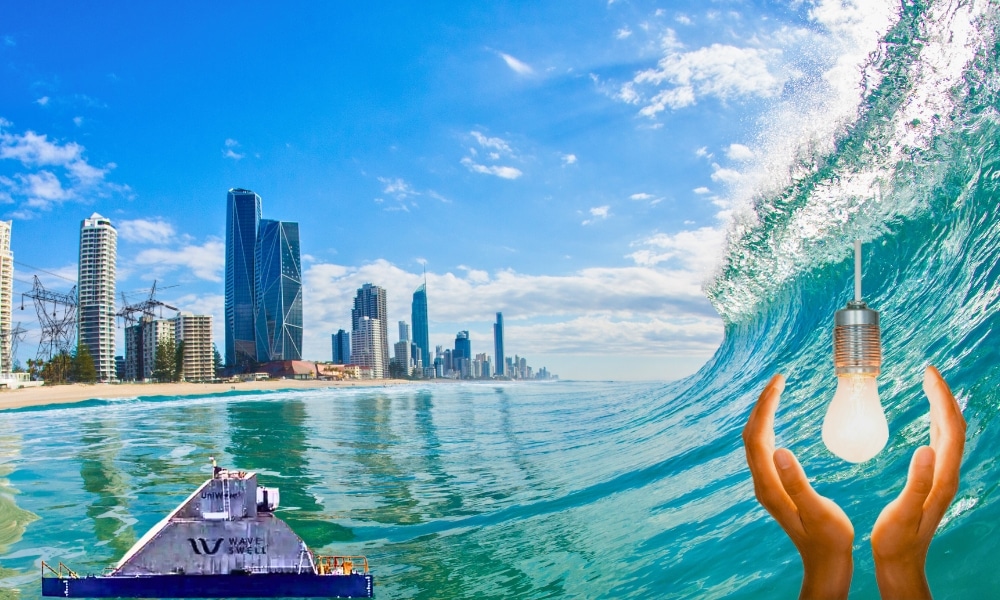
Discover more about how ocean energy works→ on our detailed page.
How ocean energy works
- Wave energy: Devices capture the kinetic energy of ocean waves and convert it into electricity.
- Tidal energy: Tidal barrages or underwater turbines harness the energy of rising and falling tides.
- OTEC: This technology utilises the temperature difference between deep, cold ocean water and warm surface water to generate electricity.
How to teach kids about renewables effectively
Green energy education should be hands-on, visual, and relevant to students’ lives. Here are practical ways to teach kids about renewables:
- Interactive models: Utilise solar kits or wind turbine models to illustrate key concepts.
- Outdoor experiments: Set up a solar oven or mini windmill to engage students.
- Field trips: Visit a local solar farm, wind farm, or hydroelectric plant.
- Project-based learning: Encourage students to design renewable-powered inventions.
- Gamified learning: Incorporate apps and games that teach renewable energy concepts.
By using these methods, teachers can create immersive experiences that make green energy relatable.
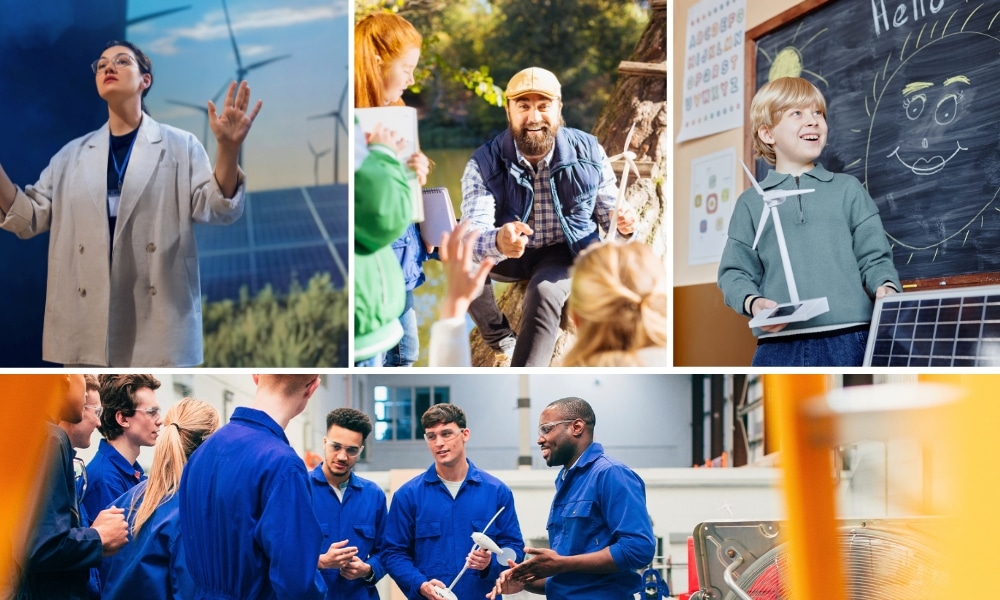
Classroom activities for green energy education
- Solar power demonstration
- Materials: Small solar panels, mini motors, or lights.
- Activity: Students experiment with angles and sunlight intensity.
- Wind turbine challenge
- Materials: Paper, cardboard, glue, and a fan.
- Activity: Students design blades and test efficiency using a fan.
- Renewable energy debate
- Activity: Assign roles and have students argue for or against specific energy sources.
- Energy audit at school
- Activity: Students track electricity usage and suggest sustainable alternatives.
These activities help make the concept of renewable energy more tangible and engaging for students.
Resources for teaching kids about renewables
- Energy Matters Education Hub→ – Empower future innovators with Energy Matters Education Hub! Explore renewable energy for students, green energy education, and resources to teach kids about renewables in Australia.
- ABC Education→ – Renewable energy videos
- Cool Australia→ – Curriculum-aligned resources
- CSIRO Education Programs→
- Clean Energy Council Learning Tools→
These tools enable teachers to access high-quality, engaging materials easily.
Careers in renewable energy for students
The green energy sector offers exciting career opportunities:
- Solar panel installer
- Wind turbine technician
- Environmental engineer
- Energy policy analyst
- Sustainability consultant
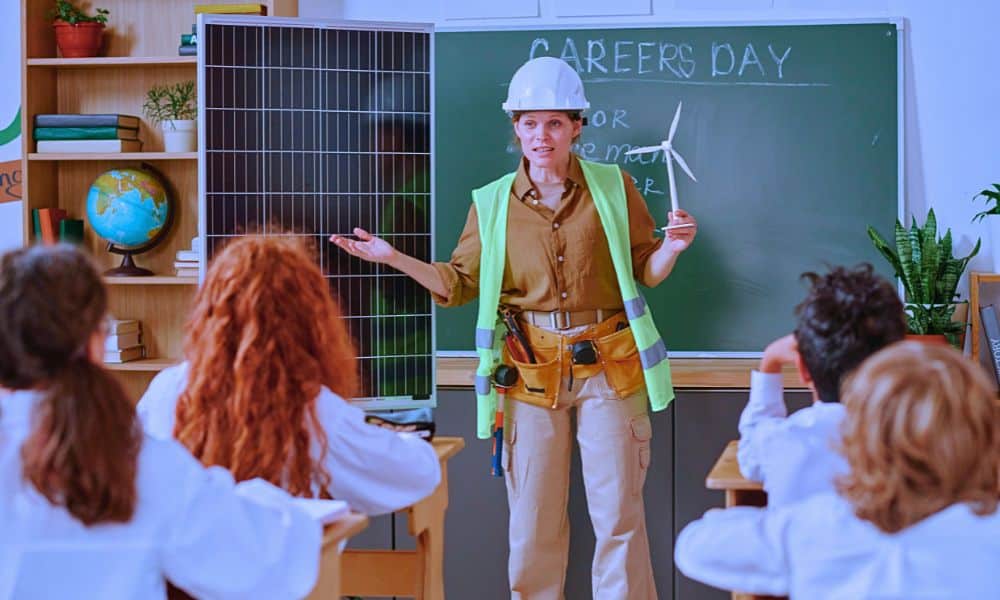
Australia’s renewable sector employed over 30,000 people in 2023, with continued growth expected. Teaching kids about renewables today can inspire them to pursue tomorrow’s green careers.
Aligning green energy education with the Australian curriculum
The Australian Curriculum includes sustainability as a cross-curriculum priority. Integrating green energy education supports learning in science, geography, design and technologies, and economics.
- Primary school: Focus on natural resources, solar experiments, and basic sustainability principles.
- Secondary school: Introduce complex systems like the electricity grid, energy policy, and the economics of renewables.
- Senior years: Encourage research, innovation, and career exploration in green energy fields.
Embedding green energy topics throughout the school curriculum ensures that students develop a deep and lasting understanding of these topics.
Benefits of green energy education
Green energy education is a win for students, schools, and the planet. Benefits include:
- Enhanced student engagement through real-world applications.
- Improved environmental literacy and personal responsibility.
- Stronger school communities through eco-projects and local energy initiatives.
- Pathways to green jobs are an area expected to grow by over 20% by 2030 in Australia.
Teaching students about renewable energy also supports national goals for reducing emissions and enhancing climate resilience.
Real-world success: Australian schools leading the way
Many Australian schools are already embracing renewable energy:
- St Columba Anglican School (NSW) has a 99 kw solar array, significantly cutting electricity costs.
- Mount Barker High School (SA) integrates solar energy lessons into the Science, Technology, Engineering, and Mathematics (STEM) curriculum.
- ACT Government Schools have committed to using 100% renewable electricity.
These case studies show how green energy education can lead to measurable environmental and economic benefits.
Overcoming barriers to green energy education
Challenges include:
- Limited teacher training in renewable energy topics.
- Budget constraints for hands-on tools or excursions.
- Curriculum time limitations.
Solutions:
- Partner with renewable energy companies for workshops.
- Apply for government or NGO grants.
- Integrate green energy into existing STEM and geography lessons.
With the right support, all schools can successfully teach renewable energy to students.
Government support and initiatives
Australia’s federal and state governments support green energy education through funding, grants, and programs:
- Solar schools program: Provided grants for PV installations and energy monitoring systems.
- Sustainability Victoria: Offers educational resources and funding opportunities.
- Clean Energy Council: Shares curriculum-linked materials and teacher training.
These initiatives encourage more schools to integrate renewable energy into their teaching.
Energy Matters: Take action for a sustainable future!
The transition to green energy is not just a technological shift; it’s a societal transformation that requires the participation of everyone. As students, you play a vital role in shaping Australia’s energy future.
Teach kids about renewables and empower them to be the energy leaders of tomorrow. Embrace the power of the sun, the wind, and the water. Explore green energy education, become informed, and take action. The future is renewable, and it’s in your hands!
At Energy Matters, we are passionate about empowering communities and schools with the tools to teach kids about renewables in engaging and impactful ways.
Energy Matters has been recognised for our continued excellence in the Australian solar industry. We provide our customers with high-quality resources, insight, and access to reputable solar quotes.
Our team of solar experts can help you get up to 3 FREE solar quotes from pre-qualified and vetted solar firms in your area.









